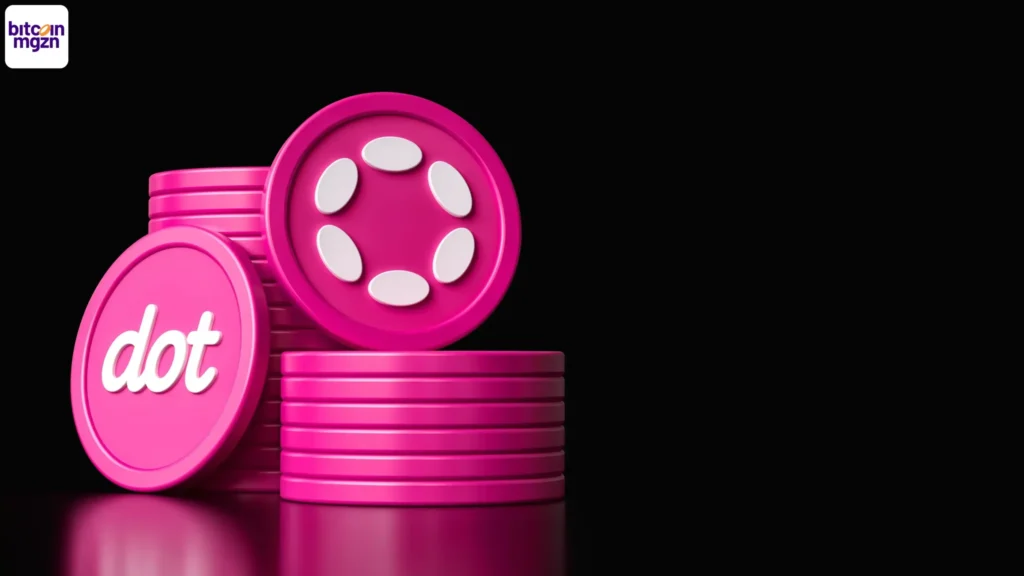Can crypto replace the dollar?
It’s a question that has moved from speculative debates in online forums to the halls of government, central banks, and global corporations. As Bitcoin, Ethereum, and stablecoins reshape how value moves across borders, the U.S. dollar — long the cornerstone of the global economy — faces its first real competitor in decades.
But is a full replacement truly possible, or even desirable? Let’s explore how close crypto is to challenging the world’s most powerful currency — and what that means for the future of money.
Key Highlights:
- The U.S. dollar remains the dominant global reserve currency, used in over 80% of international trade.
- Cryptocurrencies like Bitcoin and stablecoins are gaining traction as alternative stores of value.
- Central Bank Digital Currencies (CBDCs) may redefine what “digital money” means.
- Despite growth, crypto still faces volatility, scalability, and regulatory barriers.
- The future is likely a coexistence — not replacement — between crypto and fiat money.
The Dollar’s Digital Rivalry
For nearly a century, the U.S. dollar has been the backbone of the global financial system. It’s trusted, liquid, and universally accepted. From oil contracts to sovereign debt, the dollar defines the world’s monetary order.
Cryptocurrency, by contrast, is barely 15 years old — yet it has already achieved something remarkable: a functioning, borderless financial system without central control.
Bitcoin, with its fixed supply of 21 million coins, represents the opposite of fiat money. It’s decentralized, deflationary, and programmable, appealing to those who distrust inflation or centralized power.
So, can crypto replace the dollar?
The answer depends on how we define “replace.” If it means becoming the dominant medium of exchange, the road is long. But if it means becoming a global alternative store of value, that transformation is already underway.
Bitcoin: The Digital Gold Standard
Bitcoin’s original purpose, outlined by its mysterious creator Satoshi Nakamoto, was to create “a peer-to-peer electronic cash system.” But over time, it has evolved into something different — a digital gold that serves as a hedge against inflation and monetary debasement.
Large institutions, hedge funds, and even governments are now holding Bitcoin as part of their balance sheets.
- Michael Saylor’s MicroStrategy owns more than 226,000 BTC.
- El Salvador adopted Bitcoin as legal tender in 2021.
- ETFs in the U.S. and Europe have made Bitcoin accessible to mainstream investors.
This shift positions Bitcoin not as a replacement for the dollar in daily use, but as a rival to gold in the store-of-value category.
Still, Bitcoin’s volatility — 10 times that of the U.S. dollar — prevents it from becoming a stable unit of account. For now, it’s a complementary asset, not a replacement currency.
Stablecoins: The Bridge Between Crypto and Fiat
If Bitcoin is digital gold, stablecoins are digital dollars.
Assets like USDT (Tether) and USDC (Circle) are pegged 1:1 to the U.S. dollar and have become the backbone of global crypto liquidity. Every day, tens of billions of dollars move across blockchains using stablecoins — often faster and cheaper than traditional wire transfers.
In emerging markets, stablecoins already function as a parallel dollar system. In countries facing inflation, from Argentina to Turkey, users store value in stablecoins instead of their local currencies.
This trend has profound implications. If stablecoins circulate globally on decentralized networks, the world might increasingly rely on crypto dollars instead of paper ones — effectively digitizing the dollar without the Federal Reserve’s control.
In other words: crypto may not replace the dollar, but it could redefine how the dollar itself works.
Central Bank Digital Currencies (CBDCs): The State’s Answer
The rise of crypto has forced central banks to respond. Over 130 countries are now exploring or testing Central Bank Digital Currencies (CBDCs).
A CBDC is a digital version of a national currency, issued and backed by the government. Unlike Bitcoin, it’s centralized — but it could bring similar benefits in speed and accessibility.
China’s digital yuan (e-CNY) already operates in several provinces and major cities. The European Union is developing a digital euro, and the U.S. Federal Reserve is researching a digital dollar through pilot programs.
CBDCs could modernize payments, reduce cross-border friction, and increase financial inclusion. But critics argue they may also grant governments unprecedented surveillance power over citizens’ financial behavior.
If CBDCs become mainstream, they could limit the need for decentralized crypto — or, paradoxically, drive more people toward it for privacy.
The Case Against Replacement
Even as crypto adoption accelerates, several factors make a full replacement of the dollar unlikely — at least in the foreseeable future.
1. Volatility
Bitcoin and most cryptocurrencies are highly volatile. While this volatility attracts traders, it discourages everyday spending. Imagine paying $4 for a coffee in Bitcoin today and $8 tomorrow.
2. Regulatory Barriers
Governments still control access points — exchanges, banks, and payment systems. Regulation can slow crypto adoption or even block it, as seen in China’s 2021 ban on Bitcoin mining.
3. Infrastructure
Despite progress, global crypto adoption remains uneven. Many users still rely on centralized exchanges or stablecoins pegged to fiat — meaning the traditional system remains the foundation.
4. Trust and Perception
For the average person, the dollar is stable, insured, and backed by the world’s largest economy. Crypto, by contrast, still carries reputational baggage from hacks, scams, and speculation.
Could Crypto Complement — Instead of Replace — the Dollar?
A more realistic scenario is coexistence. Crypto and the dollar could evolve side by side, serving different functions:
- The dollar as a stable medium for daily trade.
- Crypto as a decentralized, inflation-resistant store of value.
- Stablecoins as the bridge between both systems.
This hybrid model is already visible in decentralized finance (DeFi), where users lend, borrow, and trade in stablecoins while using Bitcoin or Ethereum as collateral.
In global trade, crypto networks like Ripple (XRP) and Stellar (XLM) are being used to move digital dollars faster than traditional banking rails.
Crypto may not dethrone the dollar — but it could make the dollar more digital, faster, and more accessible.
The Geopolitical Angle
There’s also a geopolitical dimension to this debate.
Some analysts argue that widespread crypto adoption could reduce U.S. influence over global finance.
Currently, the dollar’s dominance gives Washington immense power: it can impose sanctions, control SWIFT access, and influence monetary policy worldwide.
A decentralized financial system could weaken those tools, enabling countries like Russia, China, or even smaller nations to transact outside the dollar-based framework.
At the same time, many Western policymakers see crypto as an opportunity — not a threat. A “digital dollar on the blockchain” could strengthen the dollar’s global reach by embedding it into programmable, borderless networks.
The Road Ahead: Evolution, Not Revolution
So, can crypto replace the dollar?
Not yet — and perhaps not ever in the absolute sense. But crypto is undeniably changing what the dollar means.
Money is evolving from paper and centralized databases into open, programmable networks. The real question isn’t whether crypto will replace the dollar — it’s how the dollar will adapt to a world built on blockchain technology.
Tomorrow’s financial system will likely feature three layers:
- Fiat currencies and CBDCs for stability.
- Stablecoins for digital liquidity.
- Cryptocurrencies for decentralized value storage.
In this ecosystem, each plays a role — and together, they redefine the meaning of money itself.
A Digital Future, Shared by Crypto and the Dollar
Cryptocurrency won’t overthrow the dollar overnight, but it’s already transforming global finance from the inside out.
From Bitcoin as digital gold to stablecoins as digital dollars, and from CBDCs to DeFi, the financial landscape is evolving toward decentralization, transparency, and autonomy.
The dollar may remain the world’s anchor, but crypto has become its digital mirror — reflecting a future where money is borderless, programmable, and free from the limits of paper.
So, can crypto replace the dollar?
Not entirely — but it’s already rewriting the rules of what money can be.
Source: https://en.cryptonomist.ch/2025/10/12/can-crypto-replace-dollar/


